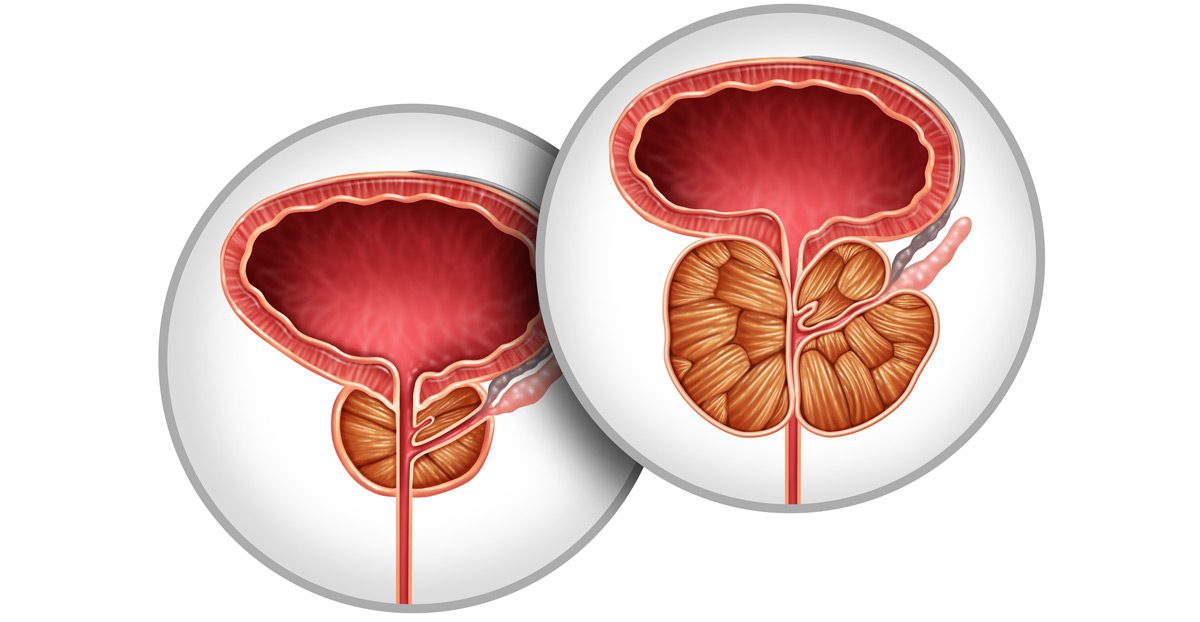

Robotic simple prostatectomy is a minimally invasive surgical procedure used to treat severe benign prostatic hyperplasia (BPH), a non-cancerous enlargement of the prostate gland. Unlike radical prostatectomy, which removes the entire prostate, a simple prostatectomy removes only the portion of the gland causing obstruction to urinary flow. When performed robotically, the procedure offers greater precision, reduced blood loss, and faster recovery.
When Is Robotic Simple Prostatectomy Recommended?
This procedure is typically considered for patients with significantly enlarged prostates—usually greater than 80–100 grams—when other treatments such as medication, laser procedures, or transurethral resection of the prostate (TURP) are ineffective or inappropriate. Common symptoms that may lead to this surgical option include:
- Severe urinary retention
- Frequent urinary tract infections (UTIs) due to incomplete bladder emptying
- Bladder stones or diverticula caused by obstruction
- Weak urinary stream or straining to void
- Persistent hematuria (blood in the urine) from enlarged prostate vessels

How the Procedure Works
In a robotic simple prostatectomy, the surgeon uses the da Vinci® robotic system to make several small incisions in the abdomen. Through these incisions, robotic instruments are inserted to carefully access the prostate while avoiding surrounding structures.
- The bladder is opened to expose the prostate.
- The enlarged inner portion of the prostate (also called the adenoma) is meticulously dissected and removed.
- The outer capsule of the prostate is preserved, which helps maintain the structural integrity of the gland and supports better continence outcomes.
- Once the obstructive tissue is removed, the bladder is closed, and a catheter is placed to assist with healing.
The robotic system offers a magnified 3D view and wristed instruments that allow for fine, precise movements, minimizing tissue trauma and improving outcomes.
Benefits of the Robotic Approach
- Reduced Blood Loss: Enhanced precision reduces bleeding compared to open surgery.
- Shorter Hospital Stay: Most patients are discharged within 24–48 hours.
- Faster Recovery: Patients typically resume normal activities within two to three weeks.
- Improved Symptom Relief: Marked improvement in urinary flow and reduced bladder irritation symptoms.
- Better Visualization: The robotic platform enhances the surgeon’s ability to preserve nearby nerves and tissues.
Next Steps
If you are experiencing severe urinary symptoms from an enlarged prostate and have not found relief from other treatments, robotic simple prostatectomy may offer a definitive solution. Your urologist will evaluate your prostate size, symptoms, and overall health to determine if this procedure is right for you.
